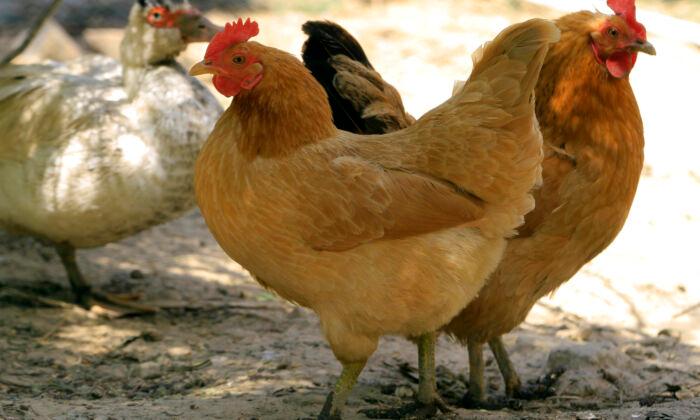A “highly pathogenic” form of bird flu was detected in a backyard flock of chickens in Suffolk County, New York, according to the U.S. Department of Agriculture (USDA).
The virus was detected in a small, non-commercial backyard block that was not being used for poultry purposes, the agency said.
The USDA said it is now “working closely with state animal health officials in New York on a joint incident response,” according to the statement. “State officials quarantined the affected premises, and birds on the properties will be depopulated to prevent the spread of the disease. Birds from the flock will not enter the food system.”
No human cases of avian influenza have been detected in the United States. And recent detections of the virus in other states in February do not present an immediate health concern, the agency said.
“As a reminder, the proper handling and cooking of poultry and eggs to an internal temperature of 165 degrees F kills bacteria and viruses,” the USDA release on Saturday said. “As part of existing avian influenza response plans, Federal and State partners are working jointly on additional surveillance and testing in areas around the affected flock.”
It came after the virus was discovered in flocks of birds in Kentucky, Virginia, and Indiana.
The broiler chickens in Fulton County, located near the border with Tennessee, were infected with the same H5N1 strain of highly pathogenic avian flu as the turkeys in Indiana, Kentucky officials told Reuters. They said it is Kentucky’s first outbreak of the highly lethal bird flu, which killed more than 50 million U.S. chickens and turkeys in 2015.
In a statement released last week, Tyson Foods confirmed that its birds were infected in Fulton County.
Human infections do occur after close contact with an infected animal, but they’re considered rare, CDC officials have previously said. No Americans are recorded to have contracted highly pathogenic avian flu viruses.
The first bird flu viruses are believed to have emerged in southern China before leading to large outbreaks in the late 1990s, according to the CDC, before the virus variants spread throughout the world.





